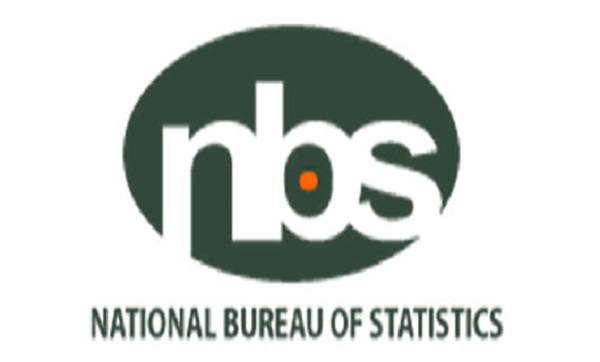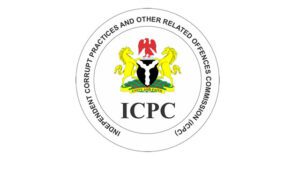


NBS reports over 40.2m agricultural households in Nigeria
By Esther Agbo
Nigeria is home to approximately 40.2 million agricultural households, according to the National Bureau of Statistics (NBS).
This information was disclosed during the launch of the National Agricultural Sample Census (NASC) 2022 in Abuja on Monday.
A census carried out by the NBS in collaboration with the World Bank, the Federal Ministry of Agriculture and Food Security, and the Food and Agriculture Organisation of the United Nations, revealed significant insights into agricultural practices across the country.
Of the 91 percent of agricultural households engaged in crop cultivation, 35 percent focused solely on crops, while 48 percent also raised livestock.
The data highlighted that 16 percent of households raised 58 million cattle, and 41.2 percent reared approximately 124 million goats. Poultry farming, particularly chicken, was prevalent among 42.5 percent of these households, with five percent involved in fisheries.
In the report, the census indicated regional variations in agricultural activities, with Lagos State having the lowest percentage of crop cultivation households at 48 percent, and Ebonyi State the highest at 99.5 percent. In livestock production, Jigawa led with 84.2 percent, followed by Bauchi at 79.7 percent.
Benue and Ebonyi states had the highest percentages of poultry farming households at 65.2 percent and 63.3 percent, respectively.
The Assistant Director of the Agricultural and Business Enterprises Statistics Department at NBS, Bishop Ohioma, explained that the survey consisted of a listing component and a sample survey component, with the latter to be released in a few months.
He emphasised the importance of the census in providing a robust dataset to support agricultural intervention programs, enhance food security, and promote sustainable practices.
The NASC listing was conducted using digitised Enumeration Area (EA) maps across all 36 states and the FCT, covering 767 Local Government Areas (LGAs). However, due to security issues, seven LGAs, four in Imo state and three in Borno state, were not covered.
A total of 30,546 EAs were canvassed nationwide, out of the proposed 30,960.
Ohioma stated that 40 Enumeration Areas (EAs) were included in each Local Government Area (LGA), with the total number of EAs varying by state, and that both urban and rural EAs were included.
The report recommended increased government funding for the quarterly and annual National Agricultural Sample Survey (NASS) and ongoing support from technical and financial partners to build capacity within the NBS for agricultural statistics production. It called for a collective effort to ensure the sustainability of the NASC in Nigeria.
“Technical and financial Partners to continuously provide support to build the capacity of staff of the NBS in agricultural statistics production.
“All hands must be on deck to ensure the sustainability of the NASC in Nigeria,” he stated.



